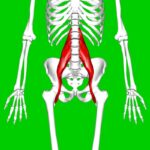Do you struggle with chronic low back pain? Does the pain travel to your hip, upper leg or knee? Have you tried everything and it’s not getting better? It may be Iliopsoas syndrome.

What is iliopsoas syndrome? Iliopsoas syndrome is a common condition, especially among athletes who perform a lot of repeated hip flexion movements. This includes gymnasts, dancers, runners, and cyclists. The pain may present as hip pain, low back pain, and sacrum or tailbone pain that radiates down the leg to the knee. You may even experience groin or pelvic pain, and a stiffness/snapping/and/or clicking in the hip region. The pain is caused by spasm and tightness in the psoas muscle and iliacus muscle. These two muscles are synergistic in nature.
Additional causes include weakness in the core muscles, tight or short hip rotators, an excessive lower back (lumbar) curve, a pelvis that is not level, uneven leg length, tight leg muscles, and an altered gait pattern. The cause of your pain is often misdiagnosed or missed. It’s often diagnosed as a hip problem or just uncomplicated low back pain. You may be prescribed physical therapy and chiropractic care, but unless the dysfunction of the Psoas and Iliacus are addressed, the pain and dysfunction will continue.
One easy way to begin fixing this problem is to stretch the Psoas and Iliacus muscles. In this video, I demonstrate two easy stretches you can be doing at home to reduce the tightness in these muscles and stop your pain. Watch this video and then I would love to hear feedback on how these stretches are working for you. For me, they reduce the tightness I feel in those deep low back muscles after a running. I recommend you utilize these stretches after your activity or on a day in between activities. I will perform these stretches 3-4 times weekly and sometimes daily if needed. The key is to relax and breathe deeply while performing.https://www.youtube.com/embed/ezB5i3HEvI0?feature=oembed&wmode=opaque
Thank you for watching! If you found value in this video, please like and share with those you know who could benefit from these stretches. Also, please subscribe to your YouTube channel Move Well Live Well for more helpful videos. And don’t forget to hit the bell notification button to receive notification when additional videos come out.
We’d love your feedback; please leave me a comment on this post or on the video – were these stretches helpful? What is your go-to stretch for the psoas?

Grand Junction Chiropractors
